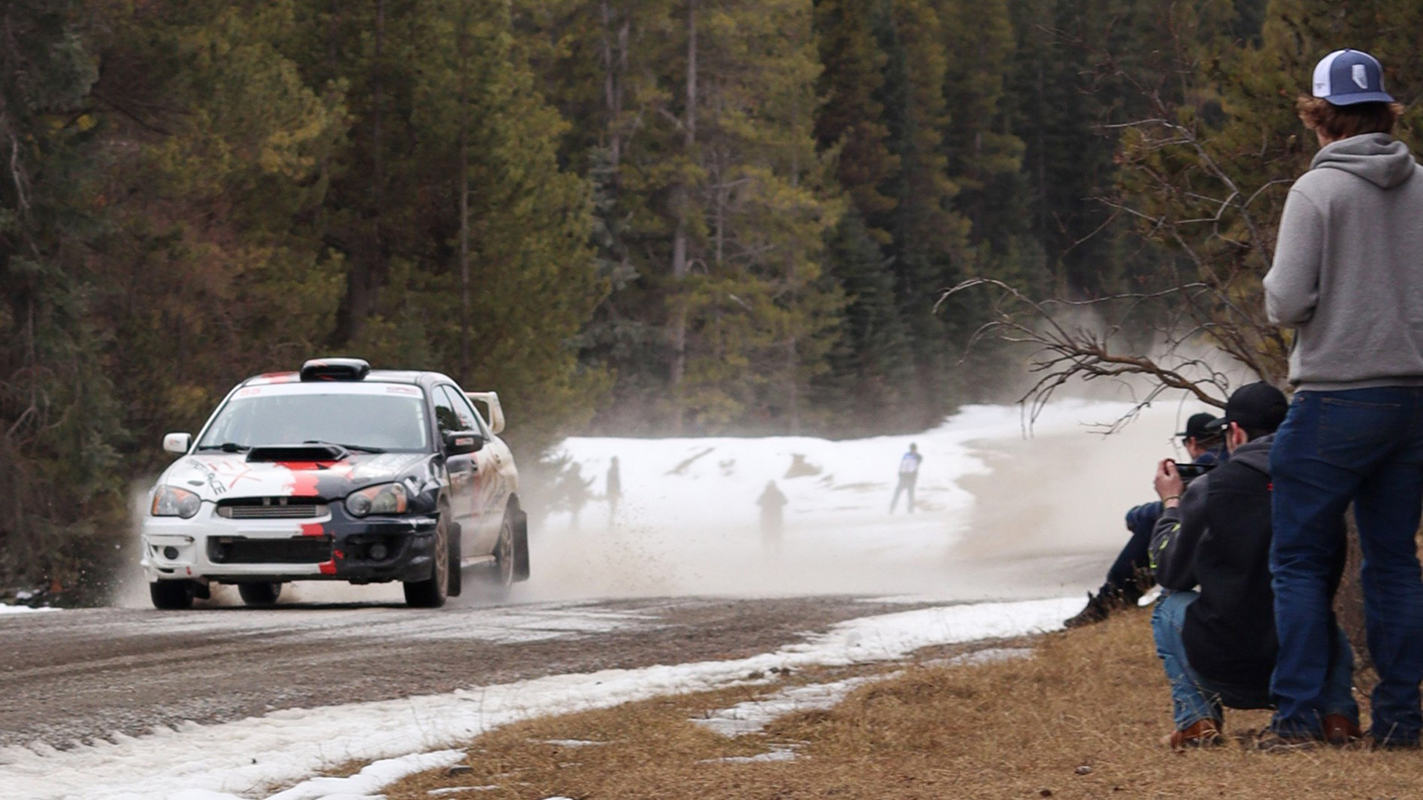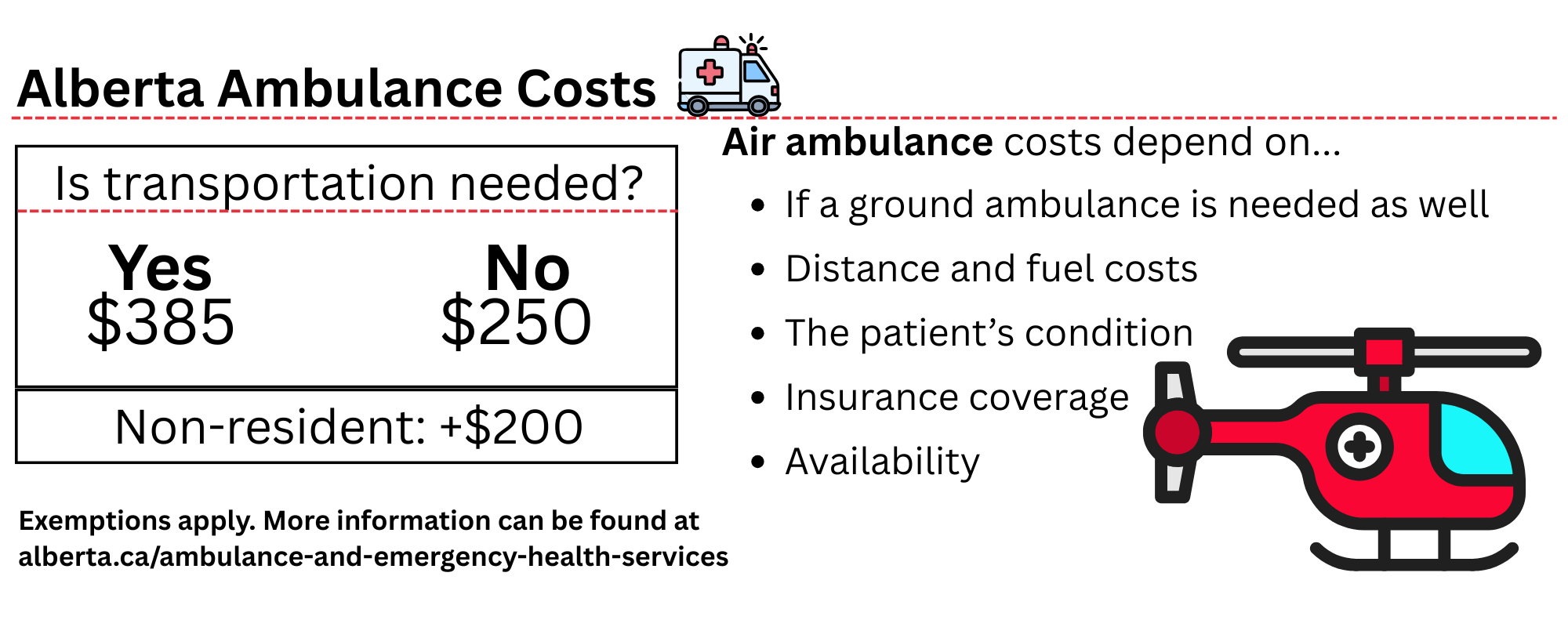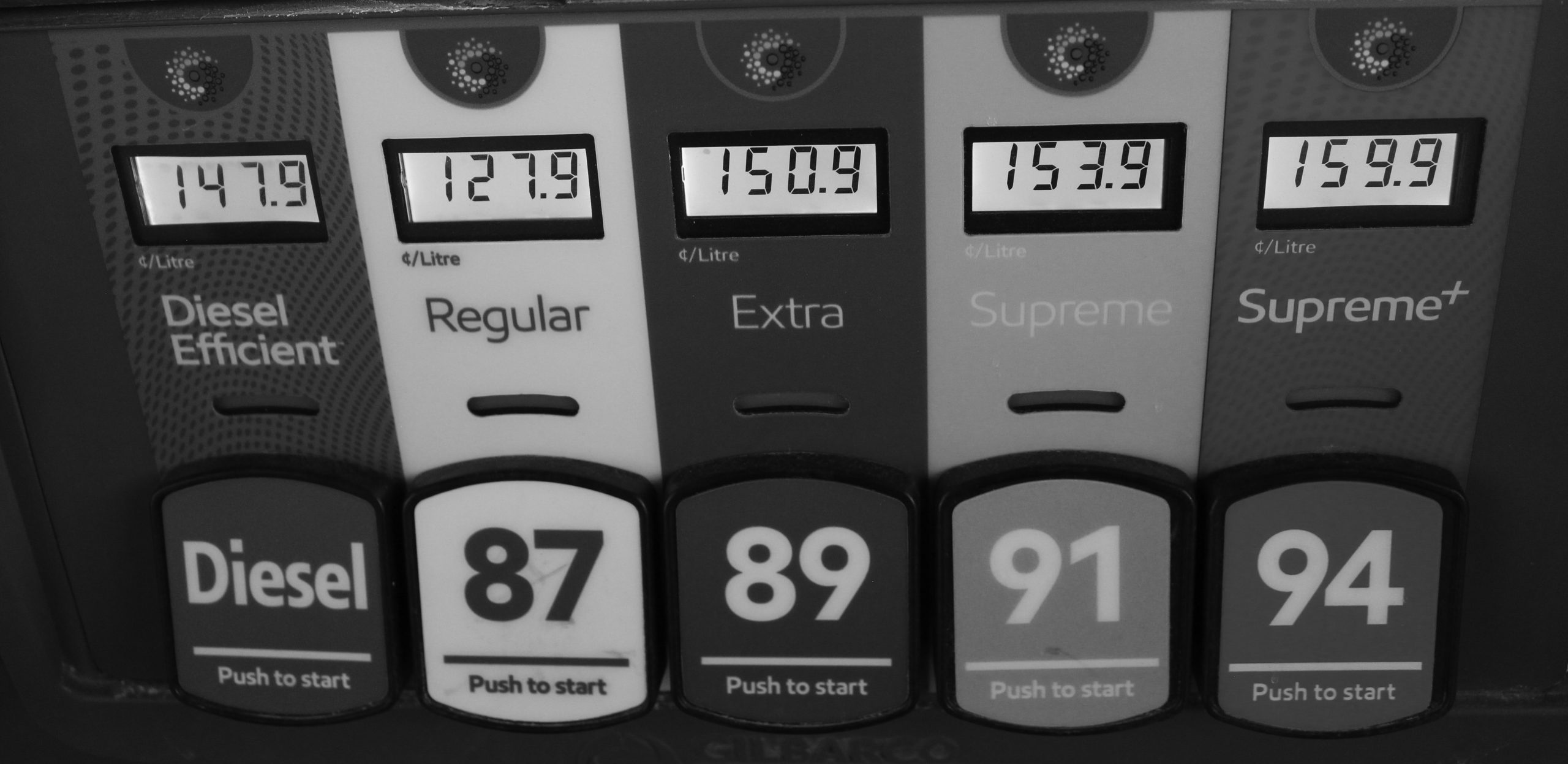Johnny Summers splashes by fans while racing in the Cochrane Winter Rally on March 9. Photo by Brock Strate.
It’s cold and windy. You’ve been standing outside for what seems like hours. All for the chance to see them rip by.
And then you hear it. Then you see it. Then you don’t.
It just sped past you sounding like a hornet’s nest being shot from a trebuchet. What just went by was a rally car at over 170 km/h.
Welcome to the world of rally racing in Canada.
Canadian rally racing is not a recent phenomenon. For over 60 years, drivers have been racing down hundreds of backroads to be the fastest and hopefully with their efforts, win their respective championships.
In Canada, there are two main championships to keep track of. The Canadian Rally Championship and the Western Canadian Rally Championship. The CRC covers eight events from coast to coast, while the WCRC covers five events only in Alberta and BC. The two championships do share a couple of events for the year, so you can expect a mix of factory-built and homemade cars at some events.
But why is it that crews of people hurdle themselves down dirt paths and unkempt ground all for the sake of speed? For some drivers, it’s nostalgic.
Jeremy Livingston, a driver in the Western Canadian Rally Championship, says ever since he was little he could remember his grandfather sliding the back end of his 1984 Ford LTD down quarry roads.
“My grandfather was from Wales. He would get video sent over from his mates. [They would] tape him BBC recordings from the UK championships and from the World Championships. We would watch them on Saturday nights like we would watch rally just to catch up on rally.”
For others, it’s bonding time.
Dallas and Berkley Williams, a father-son duo racing in the WCRC, say they’re participating in this sport to spend more time with each other.
“It’s been a great sport. Part of it is just the amount of time and energy that it takes to get everything prepped and ready, and then kind of the fun of the weekends. The one thing is, you’re driving with your kid beside you. So, there are some sketchy spots on the roads, and it does take a little bit off [your time]. That’s been the counter to wanting to go fast sometimes.”
The way rallying operates in Canada is based heavily on how the World Rally Championship runs. Instead of completing as many laps as possible, Canadian rallying is a sprint from point A to point B. In some cases, a car will race hundreds of kilometres, never seeing the same turn twice.
But what is a race without people to watch it? At some events, spectators are only a couple feet away from a 3,000 pounds vehicle hitting them at over highway speeds. But that’s why people come to these types of events.
Johnny Summers, vice president of the WCRC series says he’s been a performance driving instructor for the likes of BMW and Porsche, but there’s no other experience like driving a rally car.
“It’s one of those things where maybe everyone’s done [170] when they’re on a highway and there’s no one around. And even at that they go, huh that feels fast. It’s not like this crazy number until you’re on snow, ice and mud and you’re coming around blind corners. But you’re trusting the notes your co-driver gives you. There’s so much teamwork that goes into that.”
Speaking of teamwork, it’s not just a one man show racing the car. Each vehicle must have a driver and a co-driver to maximize their speed down the course. The driver handles the car while the co-driver reads off notes concerning the next stretch of road.
And if they happen to have an accident on said road, don’t worry. It’s well-documented that should a driver crash, spectators from around the area will come and help the car back onto the road.
To find out more about Canadian rallying, please visit carsrally.ca for the Canadian Rally Championship schedule.
If you’re a fan of motorsports and wish to support your local car community, head to motorsportreg.com to see a list of car events in your area.



